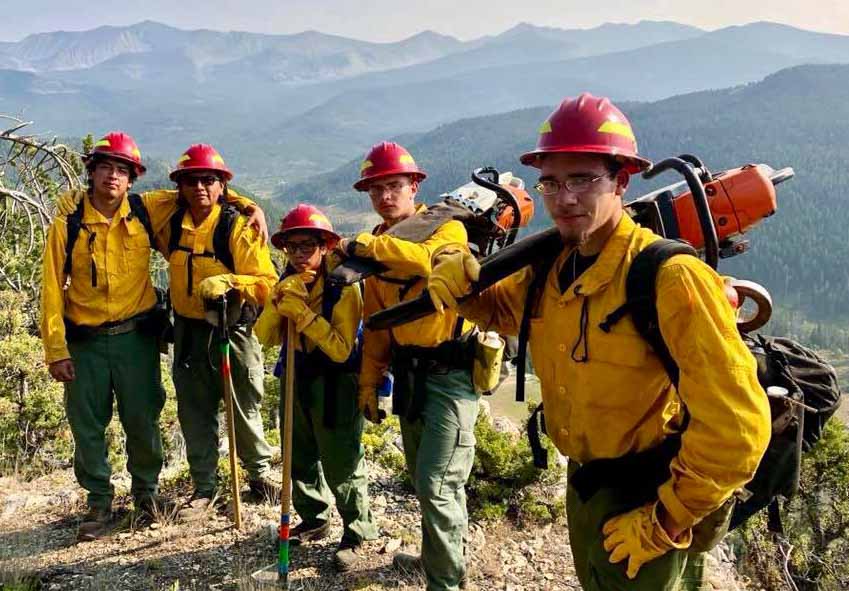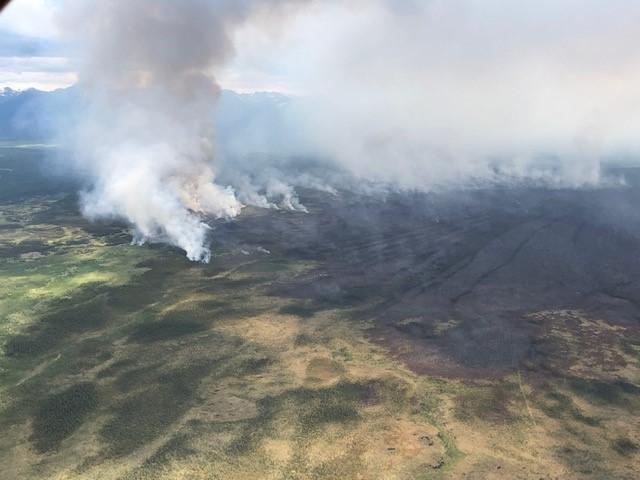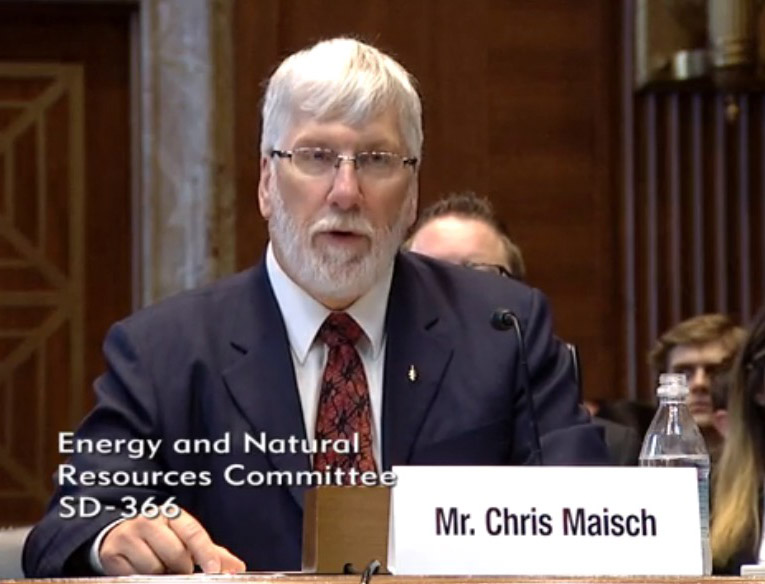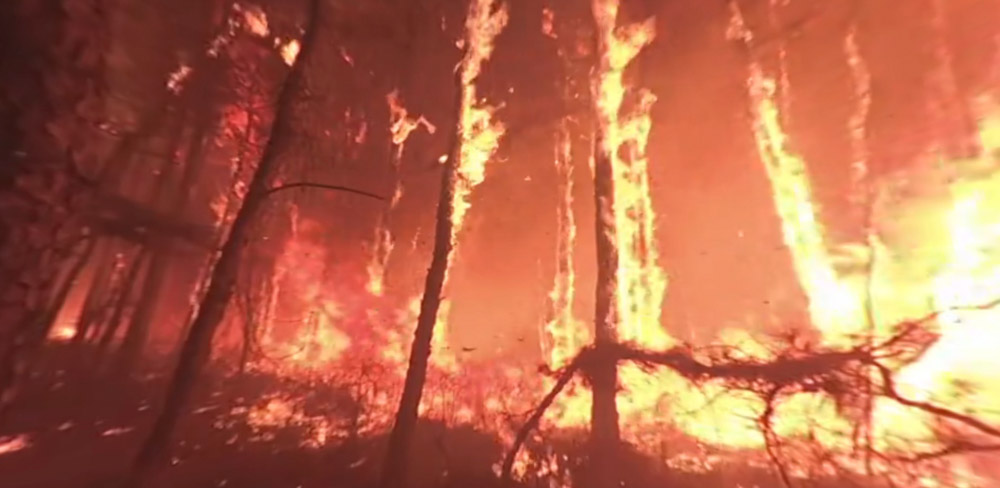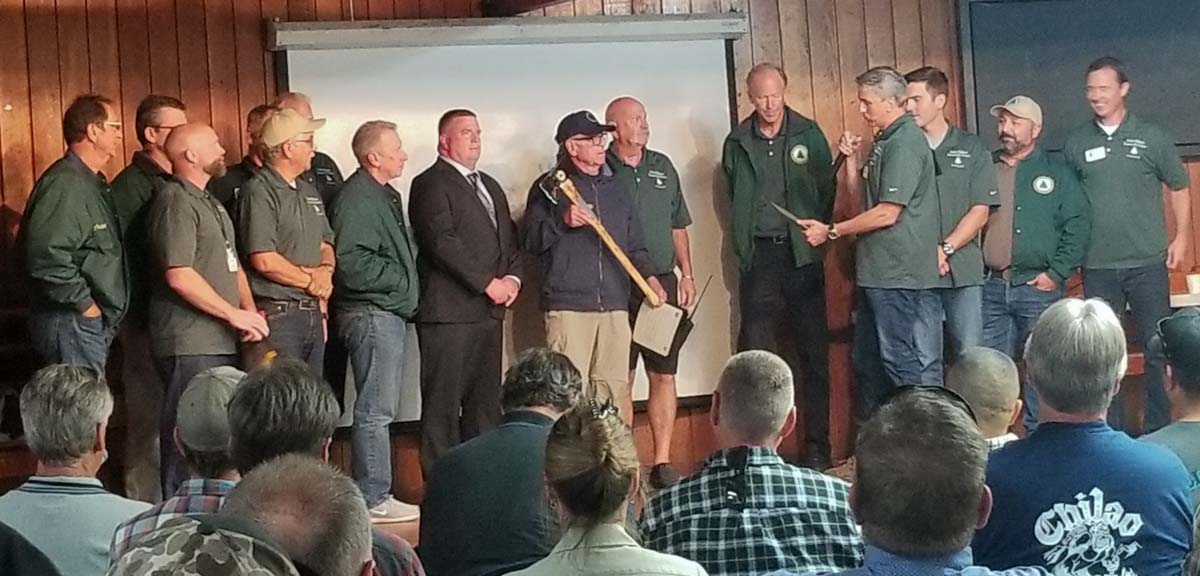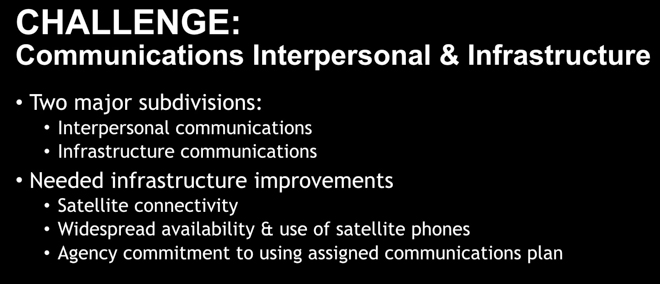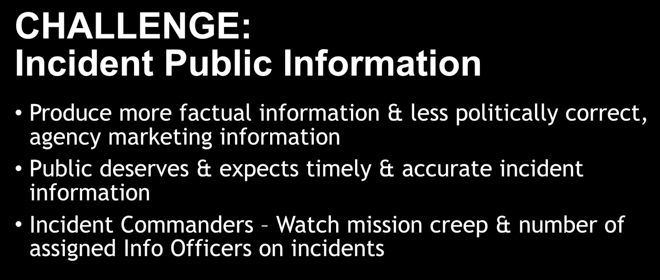
The Woodbury Fire 12 miles east of the Phoenix suburbs has burned 40,557 acres, mostly in the Tonto National Forest in the 11 days since it started. The agency is not attempting to completely suppress it, but instead is using a variety of strategies.
(To see all articles on Wildfire Today about the Woodbury Fire, including the most recent, click HERE.)
The weather forecast for the fire area over the next seven days looks very static, with high temperatures in the Tortilla Flat area around 100 degrees and no expectation of precipitation. The wind should be about 8 to 10 mph out of the south and southwest during the daylight hours.
Resources assigned to the fire include 18 hand crews, 34 engines, and 6 helicopters, for a total of 747 personnel.
The smoke forecast for 6 p.m. MDT on Tuesday shows the smoke plume from the fire being pushed off to the northeast, away from the greater Phoenix metropolitan area.
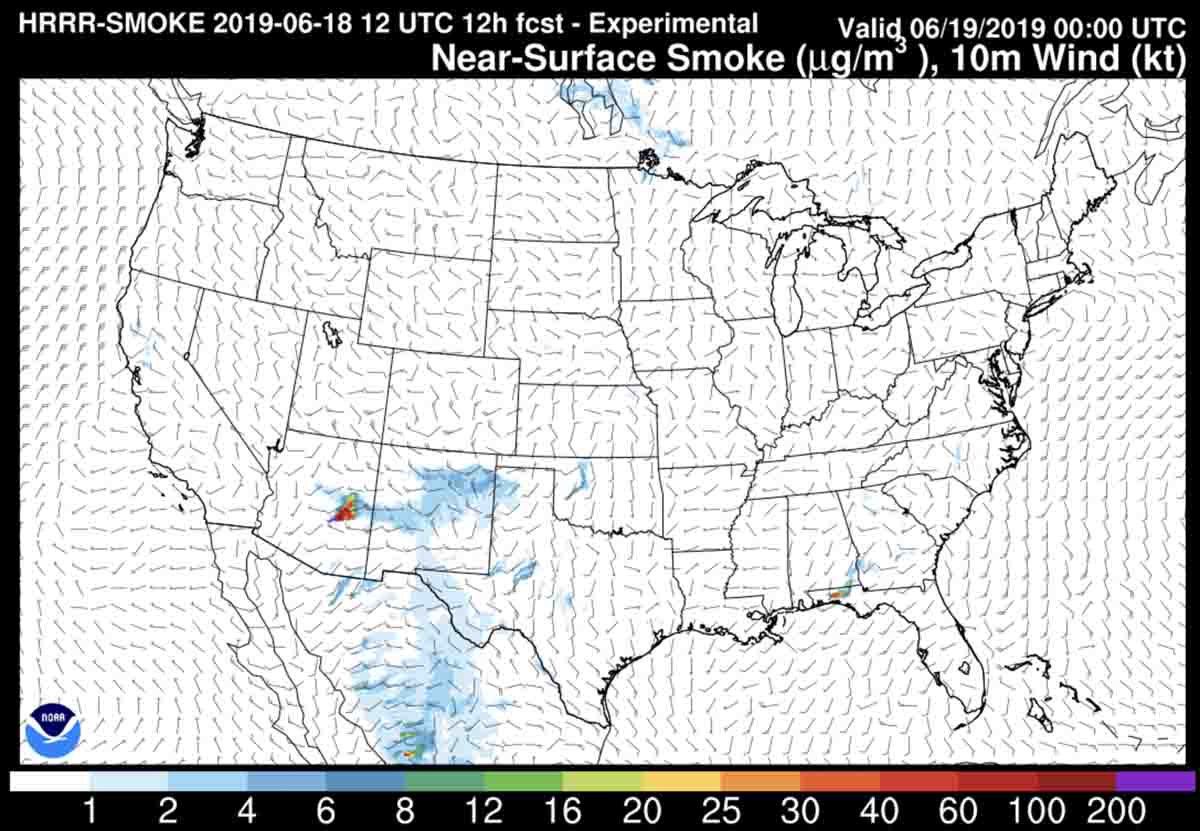
Below is a summary of Monday’s activities released by the Incident Management Team at 9 p.m. on Monday.
[Monday]: Early this morning helicopters used aerial ignition and began a low intensity fire in the Reavis Ranch area to reduce vegetation in front of the advancing fire. These efforts were taken to protect Mexican spotted owl habitat, some stands of ponderosa pine and an old apple orchard As predicted, the fire moved east through the area today from Iron Mountain/Angel Basin, creating a large smoke plume and dropping ash as far as the communities of Tonto Basin and Roosevelt. While increased smoke and ash will continue in coming days, at this time there are no evacuations in place for these communities. All evacuation notices, if needed, will come directly from the Gila County Sheriff’s Office.
Heli-rappellers and hotshot crews joined efforts to fight fire near Hewitt Ridge today. The hotshots will remain in the area overnight. Other hotshots completed suppression efforts in the Buzzard Roost area along the boundary of Forest and State lands. Retardant drops in the Coffee Flat /Valley Canyon area were effective in preventing fire spread; crews will be used to reinforce the line as needed. All of these suppression actions help tie together a contiguous line around the fire, and stop its spread southwest towards State and private lands, and local communities. Retardant and water drops were also used successfully in other areas of the fire.
Structure protection and fuels reduction efforts continue on the north boundary of the fire along State Highway 88, including mowing of roadside fuels in the road corridor and around power transmission poles. Heavy equipment is being used on the northeast and east sides of the fire to improve roads and protect the 500 KV lines that provide power for Phoenix. Protection for other infrastructure is in development.
Closures: State Highway 88 is closed from Needle Vista east to the junction of State Highway 88 and State Highway 188. This includes Tortilla Flat, Canyon Lake, Apache Lake, and campsites along State Highway 88.



